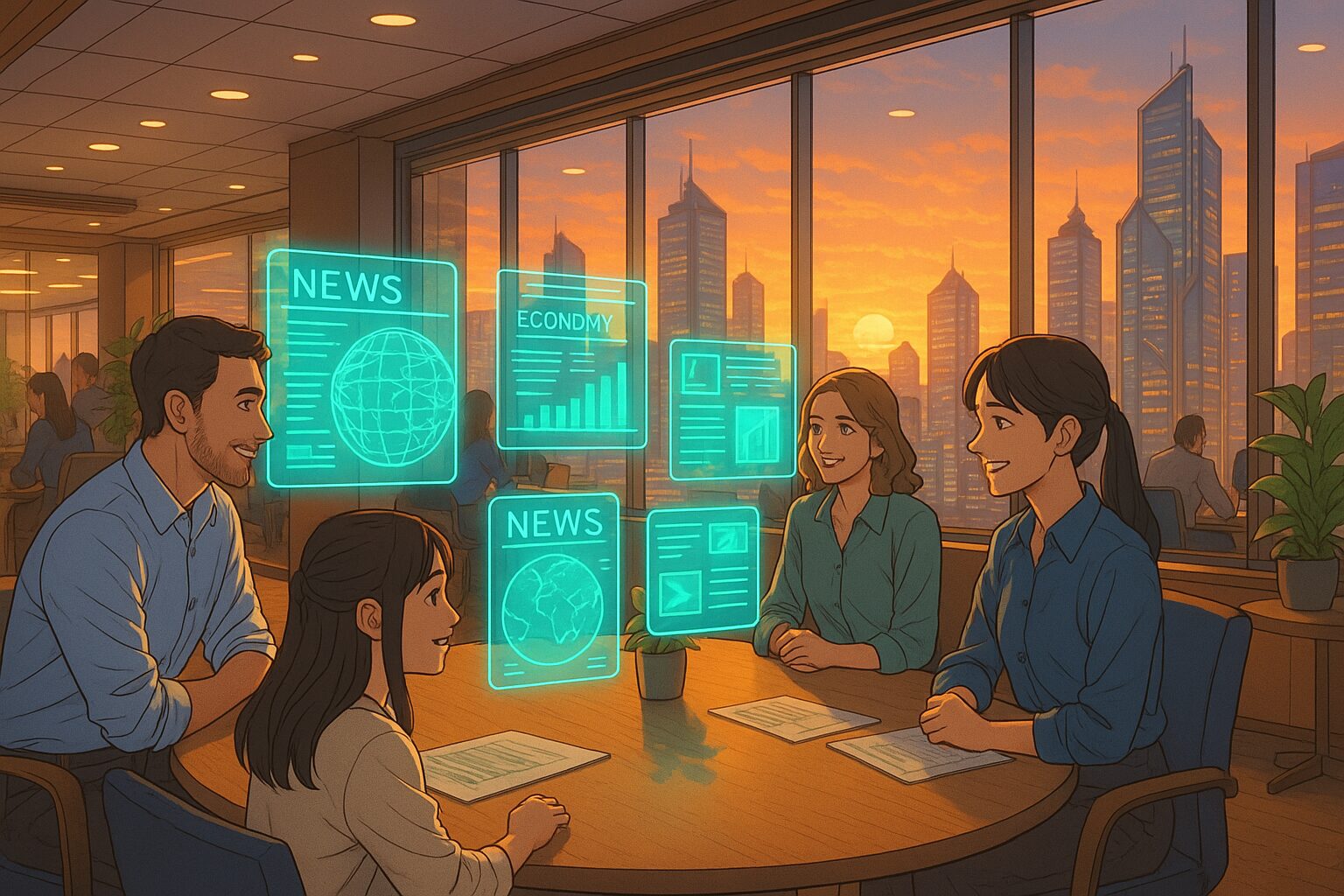What Does a Quiet Week in Silicon Valley Indicate About Future Possibilities?
At the end of August, the streets of Silicon Valley become quieter than usual. An overflowing inbox filled with out-of-office notifications, empty roads, and restaurants that are easier to book. This is because many people in the tech industry leave the office to attend the desert festival ‘Burning Man’. If this phenomenon continues, how will our lives change?
1. Today’s News
Source:
Business Insider
Summary:
- While many people in Silicon Valley attend Burning Man, commuting gets easier, and restaurant reservations also become simpler.
- The city sees an increase in out-of-office emails, and workplaces become quieter.
- This week, a more relaxed atmosphere spreads than usual.
2. Considering the Background
Burning Man is an event held in the Nevada desert at the end of August every year, attended by many people from the tech industry. This temporary movement of people has a significant impact on specific regions like Silicon Valley. In this area, where many tech companies are concentrated, the lifestyle of working individuals directly reflects the atmosphere of the city. Events like this provide a temporary escape from daily life and have the power to change the local ambiance.
3. What Will the Future Hold?
Hypothesis 1 (Neutral): A Future Where Event Attendance Becomes Norm
It may become common for regions like Silicon Valley to quiet down once a year. Companies may plan around this time and actively encourage employee vacations. The city might enjoy temporary quietness as part of everyday life. If this becomes the norm, the rhythm of the city may change.
Hypothesis 2 (Optimistic): A Future Where Work Styles Develop Significantly
As participation in events becomes widespread, work styles that emphasize work-life balance may expand. Tech companies will further promote flexible working conditions, establishing systems for remote work and long-term vacations. This will allow people to use their time more freely, enhancing individual creativity.
Hypothesis 3 (Pessimistic): A Future Where Local Vitality Diminishes
On the other hand, if people leaving the city en masse becomes a norm, there is a risk that local vitality may diminish. Local businesses might suffer a drop in sales during specific periods, which could affect the regional economy. The challenge of how people’s movement can rob cities of their vibrancy arises.
4. Tips for Us
Thought Process Tips
- Let’s consider how our working styles and vacation habits impact society as a whole.
- Revise your own life rhythm and adopt a perspective that seeks a healthier, more sustainable style.
Small Practical Tips
- Consciously incorporate time to ‘reset’ your life.
- Participate in local events and activities to create opportunities for deeper connections with your community.
5. What Would You Do?
- What future do you wish to see regarding the temporary calmness in regions like Silicon Valley?
- What actions do you think are good for reassessing work-life balance?
- What can we do to maintain local vitality?
What kind of future do you envision? Please share your thoughts in quotes or comments on social media.









